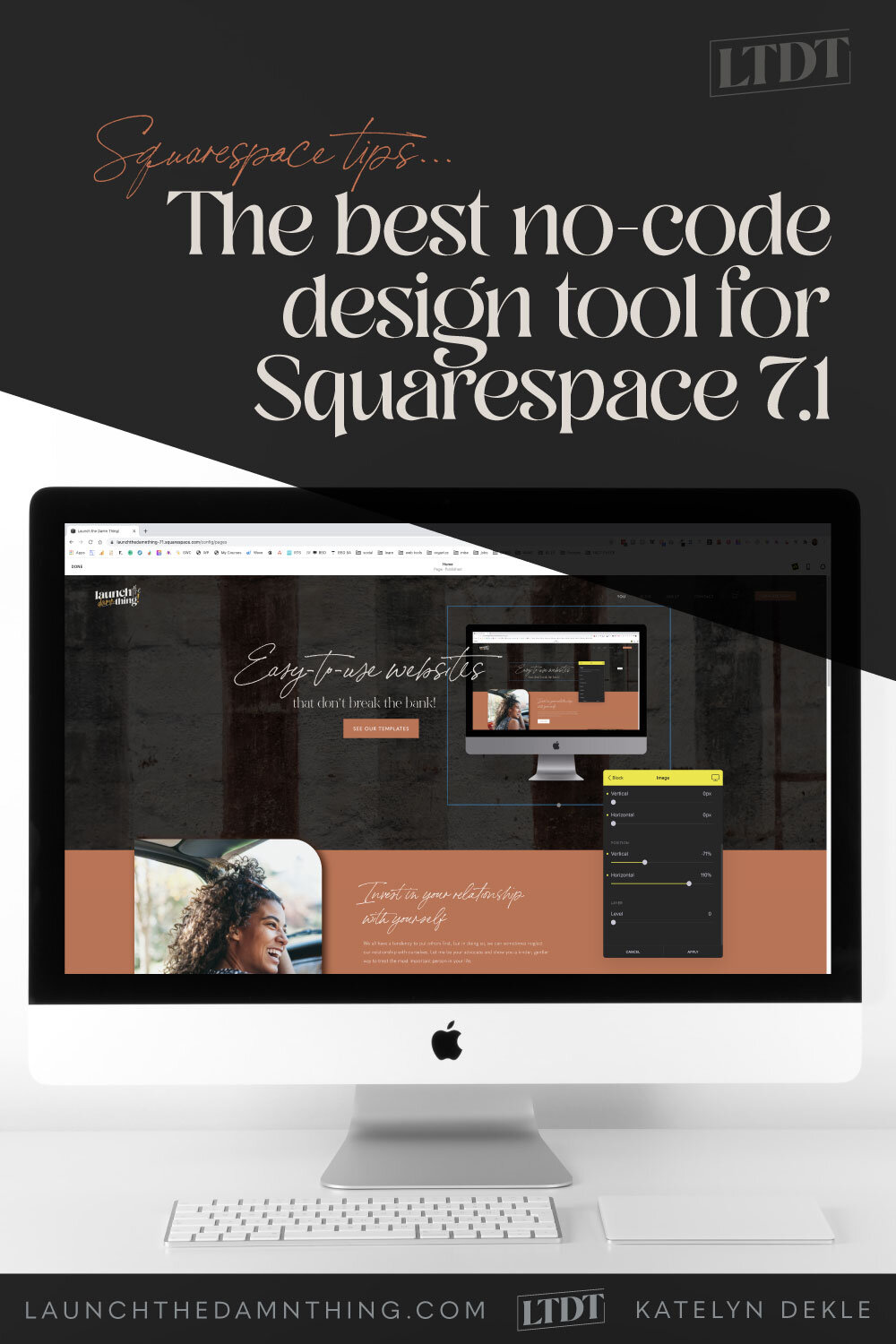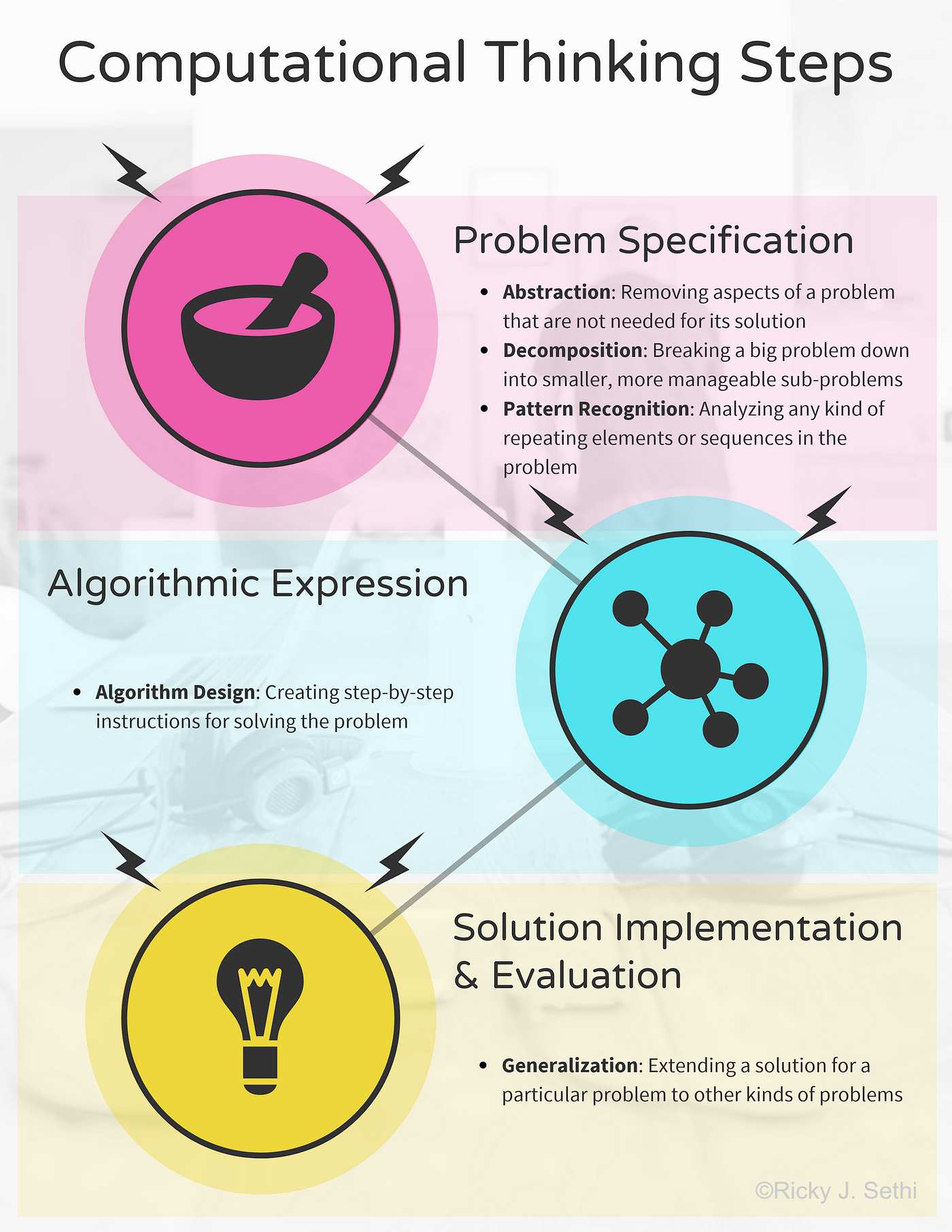
Elevate Your Code: Essential Design Tips for Efficient Programming
Efficient and thoughtful coding design is the cornerstone of successful software development. In this article, we explore key tips for enhancing your coding design skills, ensuring your code is not only functional but also well-organized and maintainable.
Understanding the Significance of Coding Design
Coding design goes beyond mere functionality; it encompasses how you structure, organize, and architect your code. A well-designed codebase contributes to readability, scalability, and ease of maintenance. Recognizing the significance of coding design is the first step toward writing high-quality software.
Prioritize Readability and Clarity
Readability is a fundamental aspect of coding design. Prioritize clear and understandable code over clever but obscure solutions. Code is read by humans more often than it is written, so make it easy for others (and yourself) to comprehend the logic and purpose of each component.
Follow a Modular Approach
Adopting a modular design approach is essential for creating maintainable and scalable code. Break down your code into modular components, each responsible for a specific functionality. This not only improves organization but also facilitates easier testing, debugging, and updates.
Utilize Design Patterns Effectively
Design patterns are proven solutions to recurring design problems. Familiarize yourself with common design patterns and apply them judiciously in your code. Design patterns provide a structured and standardized way to solve specific challenges, enhancing the overall robustness of your software.
Balance Flexibility and Simplicity
Striking a balance between flexibility and simplicity is crucial in coding design. Aim for a design that is flexible enough to accommodate changes and additions without becoming overly complex. Simplicity contributes to ease of understanding and reduces the chances of introducing errors.
Consider Performance Implications
While functionality is paramount, it’s essential to consider the performance implications of your design choices. Evaluate algorithms, data structures, and architectural decisions to ensure optimal performance. A well-designed system not only works correctly but also performs efficiently.
Design with Future Maintenance in Mind
Anticipate future maintenance requirements when designing your code. Choose a design that minimizes dependencies, follows coding standards, and allows for straightforward updates. A well-thought-out design reduces the effort required for ongoing maintenance and enhancements.
Embrace Test-Driven Development (TDD)
Test-Driven Development (TDD) is a methodology that emphasizes writing tests before writing the actual code. Embracing TDD ensures that your code is designed to be testable, leading to more robust and reliable software. Tests act as documentation and validate the correctness of your code.
Maintain Consistency Across the Codebase
Consistency is key to a well-designed codebase. Maintain consistency in naming conventions, coding style, and architectural patterns throughout your project. A consistent codebase is easier to navigate, understand, and maintain, promoting collaboration among team members.
Seek Feedback and Continuous Improvement
Designing efficient code is an ongoing process. Seek feedback from peers, participate in code reviews, and stay open to constructive criticism. Continuous improvement is essential for refining your coding design skills and ensuring that your code meets evolving standards.
For more insights on Coding Design Tips, visit boydmillerwebdesign.com. Implementing these tips will empower you to design code that is not only functional but also well-structured, adaptable, and ready for future development challenges.




![Average Renovation Costs in [Your Location] Average Renovation Costs in [Your Location]](https://images.unsplash.com/photo-1517103278237-421a1cb020fa?fm=jpg&q=60&w=3000&ixlib=rb-4.0.3&ixid=M3wxMjA3fDB8MHxzZWFyY2h8M3x8aG93JTIwbXVjaCUyMHJlbm92YXRpb24lMjBjb3N0fGVufDB8MHwwfHx8Mg%3D%3D)





